1. The beauty of Suzhou - Hangzhou in autumn?
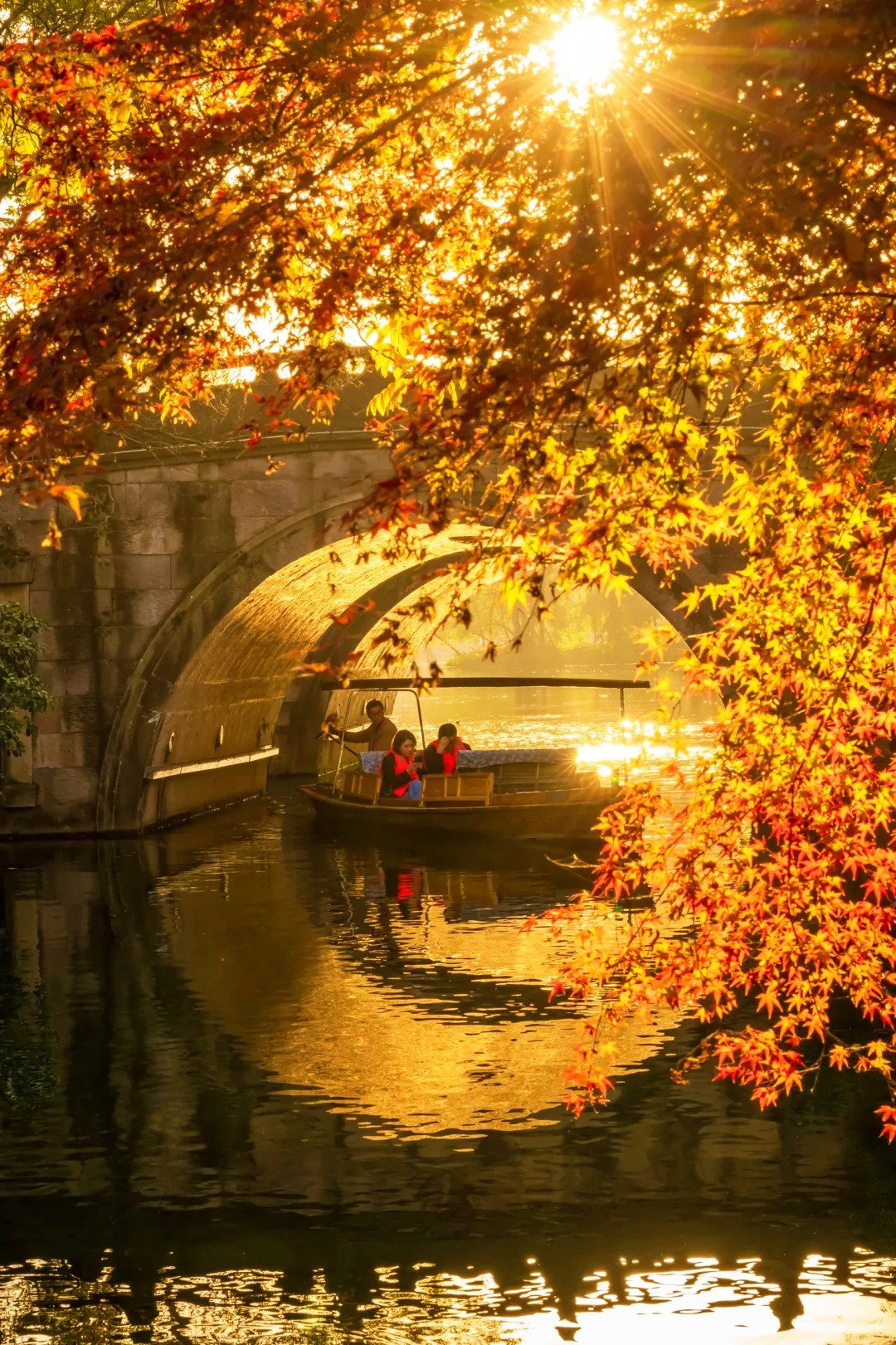
1.1. The beauty of Suzhou in autumn?
Suzhou is a city with a long history located in the lower reaches of the Yangtze River and on the shores of Lake Tai in Jiangsu Province, China. The name Suzhou is derived from the Gusu Mountain in the southwest of the city, which is why Suzhou was also known as Gusu City in the past.This city is famous for its stone bridges spanning small rivers, along with ancient riverside towns that are known as the “Venice of the East”. It has long attracted tourists with its ancient, poetic beauty, ancient gardens, majestic pagodas, poetic canals and rich culture.
In autumn, Suzhou takes on a captivating beauty, with a clear blue sky dotted with white clouds. The cool breezes blow through, carrying the gentle fragrance of flowers and grass, making people feel more relaxed.
The most attractive thing that makes Suzhou famous and attracts millions of tourists every year is the beautiful gardens scattered throughout the city. These ancient gardens have a history of thousands of years, built throughout the Song, Yuan, Ming, and Qing dynasties. Therefore, Suzhou has long been called: "The City of Flowers and Gardens".
>>> See tour <<<
1. Discover the beauty of China Shanghai - Suzhou - Wuxi - Hangzhou
2. Beijing Tour - Conquer the Great Wall - Suzhou - Wuxi - Shanghai - Hangzhou
1.2. The beauty of Hangzhou in autumn
Hangzhou is located about 180km northwest of Shanghai city center, the capital of Zhejiang province. This is one of the destinations that attracts many domestic and foreign tourists every year, with its natural beauty considered as "heaven on earth" in China. Not only that, Hangzhou is also home to many important cultural and historical heritages in China . Each season, Hangzhou has a distinct beauty, especially in autumn.In autumn, Hangzhou is covered with captivating beauty. When the cold wind blows, the maple leaves begin to turn bright red, adding to the poetic scenery. Under the blue sky, the surface of West Lu Lake is as calm as a mirror, the willow trees hanging down by the lakeside, creating a romantic ink painting. Walking on the winding trails, visitors feel like they are lost in a fairyland, forgetting all the worries and troubles of everyday life.
2. What are the must-visit tourist attractions in Suzhou and Hangzhou in autumn?
2.1. Lion Park
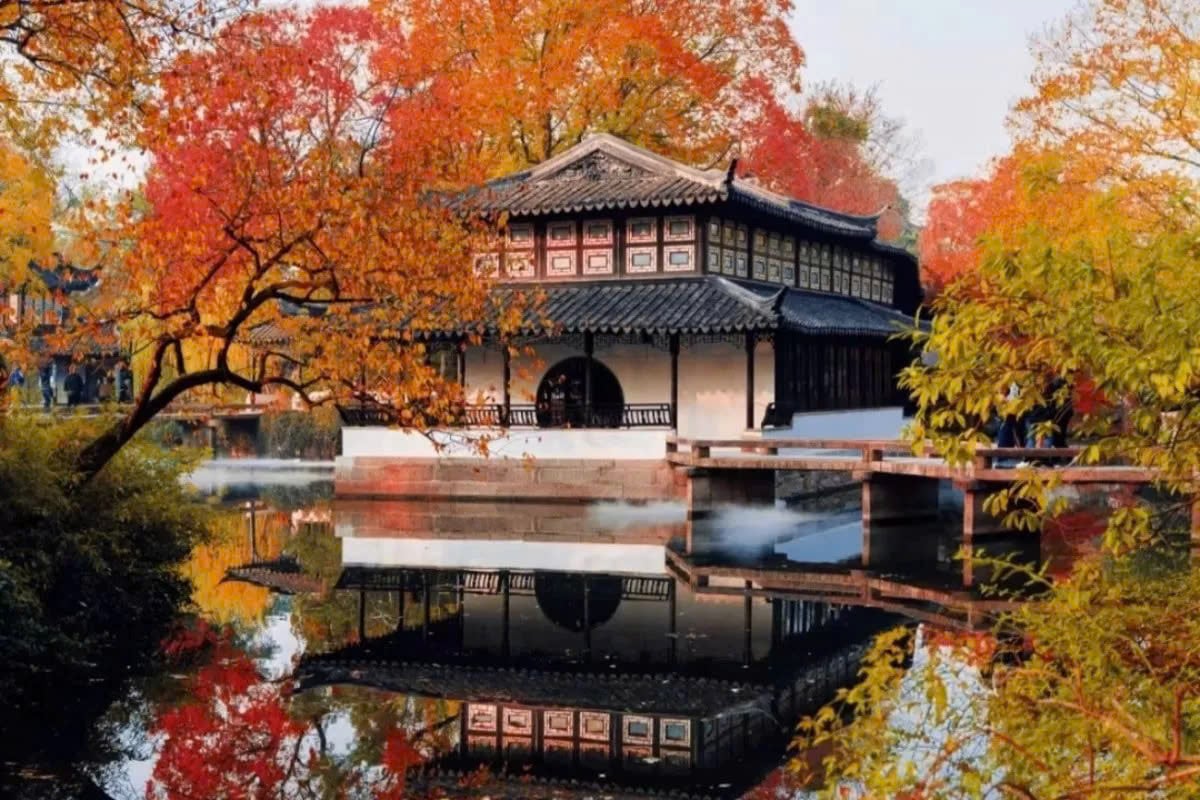
As one of the “Four Great Gardens” with the largest and most beautiful scale in Suzhou, it is also a typical garden of ancient Chinese garden architecture. This is the most beautiful tourist destination in Suzhou in autumn. The reason this garden is called Lion Grove is because there are many rocks and mountains that look like brave lions.
This garden runs from east to west, surrounded by high walls and arranged in a layout including: mountains in the northeast, lakes and streams in the northwest, and castles in the east and north. The gardens of Lion Grove have many rare ornamental plants as well as unique flowers. The most prominent of which is the over 400-year-old almond tree - one of the symbols of this garden. That is why in 2000, this place was officially recognized by UNESCO as a World Cultural Heritage.
2.2. West Lake
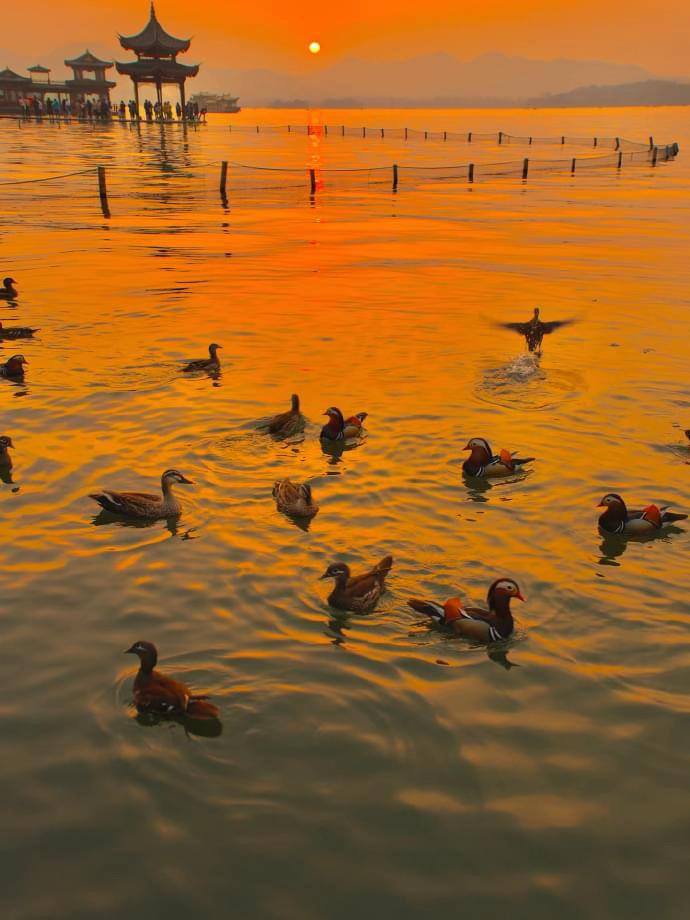
When mentioning Hangzhou, you must definitely mention West Lake - where you will be immersed in a peaceful and poetic space. West Lake is a natural freshwater lake located in the west of Hangzhou city, Zhejiang. The lake is 3.3km long, 2.8km wide, with an area of over 6.3km2, including about 5.66km2 of water reservoir.
This place is considered the embodiment of one of the four great beauties of China - Xi Shi, with a gentle, graceful and charming beauty. With such charming and poetic features, West Lake Hangzhou has been recognized by UNESCO as a World Cultural Heritage and has become one of the top destinations in the autumn travel itinerary of China . Coming here in the fall, you should take a cruise to admire the scenery on both sides of the lake appearing like in a painting: ancient temples, green mountains, and blooming lotus petals.
2.3. Longjing Tea Garden
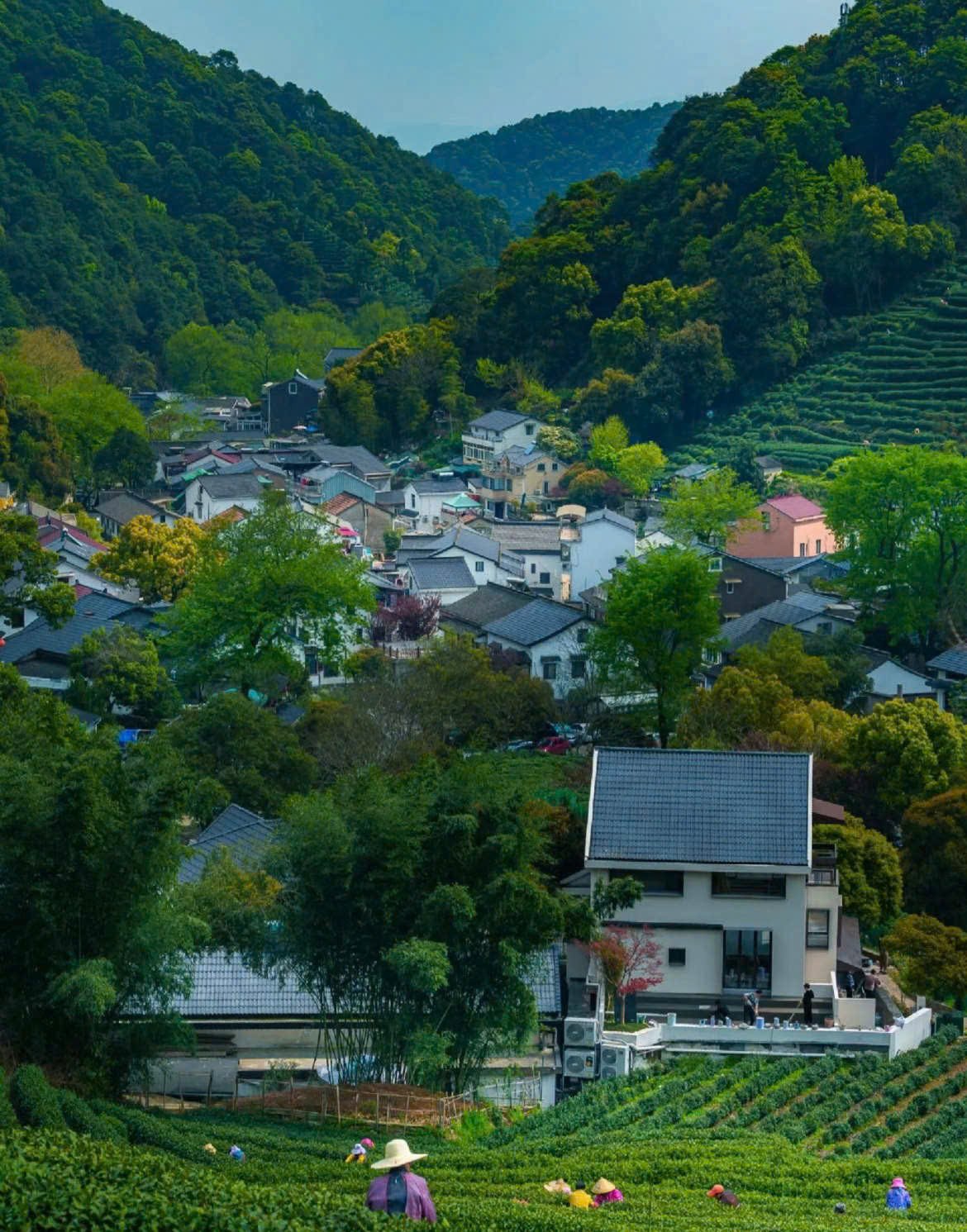
Longjing Tea Village is located in the southwest of Xihu Scenic Area, surrounded by majestic mountains. It is a charming destination with a delicate combination of majestic nature and unique tea traditions of local people. It is one of the tea villages in China famous for traditional tea production and processing, where tea has become a precious symbol of local people's life and culture.
Here, you will have the opportunity to visit ancient tea farms and participate in the traditional tea production process. At the same time, you can also enjoy the peaceful atmosphere of the village, visit tea processing factories and even participate in the village's unique tea festival, where you can learn more about the history and tea traditions of the local people.
2.4. Yue Fei Temple
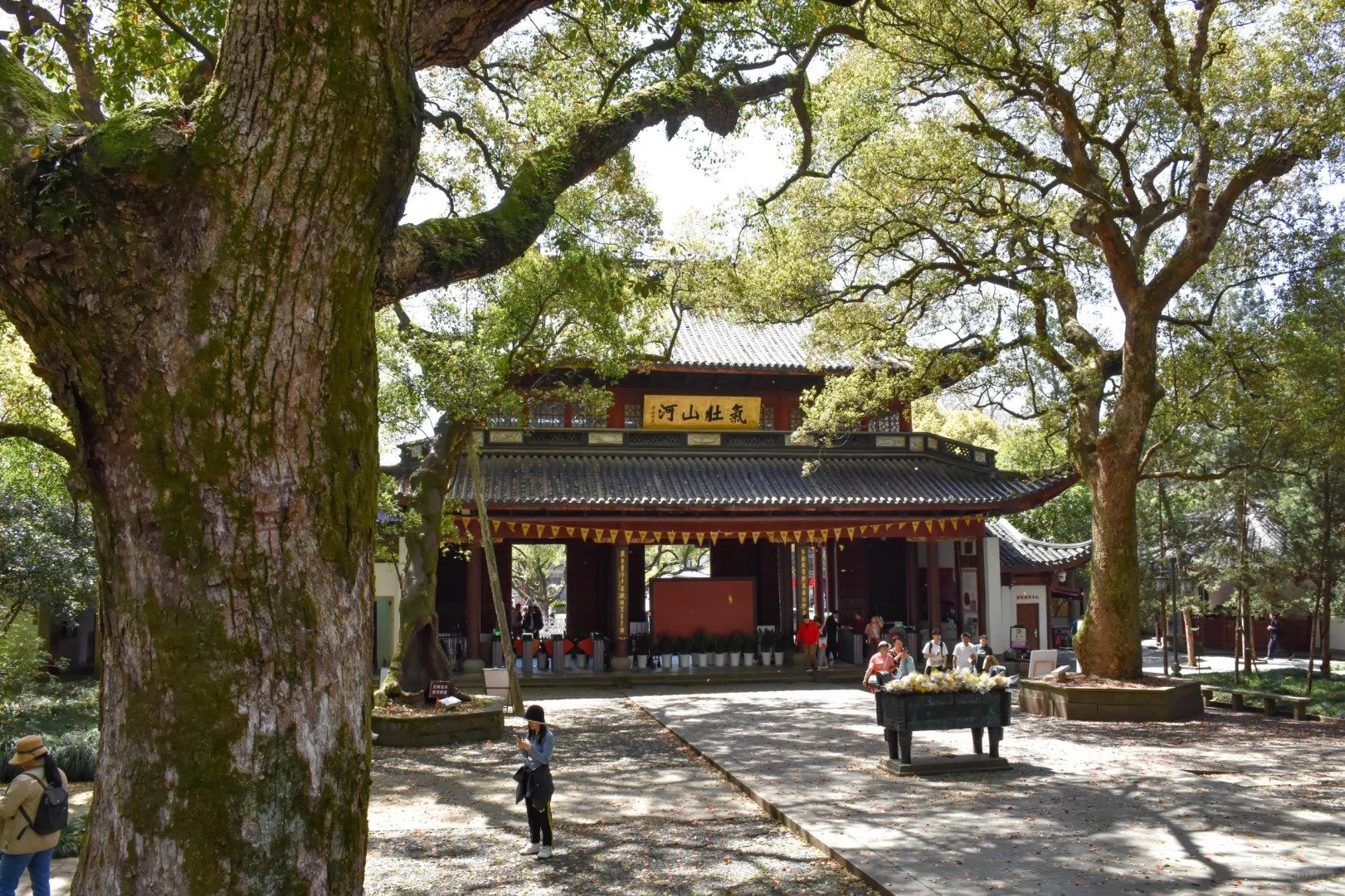
Yue Fei Temple is the resting place of the famous general of the Southern Song Dynasty - Yue Fei. Located at the southern foot of the Xixia Mountains in Hangzhou City (Zhejiang Province), this area is a famous historical destination that attracts Chinese tourists to learn about the general who was loyal to his country.
Hangzhou and Suzhou, two bright gems in the Chinese tourism picture, have been attracting tourists from all over the world because of their poetic, romantic beauty and unique cultural values. When traveling to China in the fall, take the time to visit Suzhou - Hangzhou.
Are you still looking for a destination for a memorable autumn trip? So why not contact Vietravel for dedicated advice and bring back an attractive tour itinerary, giving you an exciting, interesting trip at an extremely preferential cost! Contact Vietravel now for the fastest advice!
For more information about the program, please contact:
VIETRAVEL
190 Pasteur, Xuan Hoa Ward, Ho Chi Minh City
Tel: (028) 3822 8898 - Hotline: 1900 1839
Fanpage: https://www.facebook.com/vietravel
Website: www.travel.com.vn
Source of article: Collected and compiled
@traveltips #traveltips
Source: https://www.vietravel.com/vn/am-thuc-kham-pha/du-lich-hang-chau-to-chau-mua-thu-kham-pha-ve-dep-co-kinh-va-lang-man-v15527.aspx



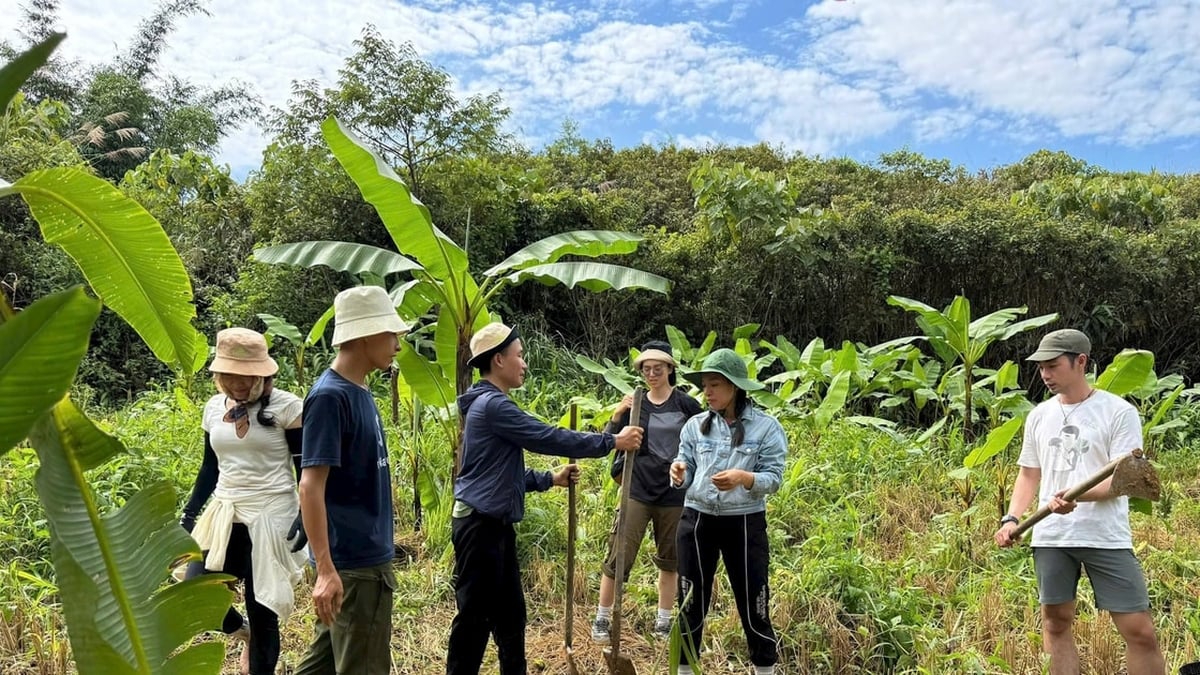








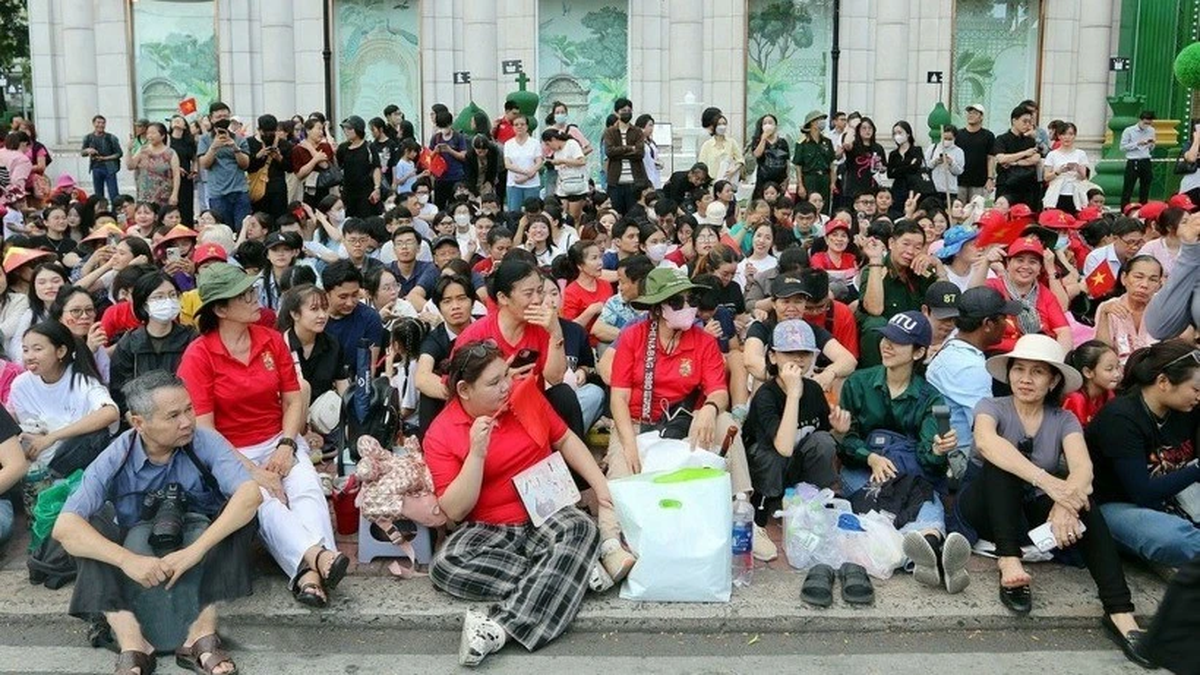











![[Photo] An Phu intersection project connecting Ho Chi Minh City-Long Thanh-Dau Giay expressway behind schedule](https://vphoto.vietnam.vn/thumb/1200x675/vietnam/resource/IMAGE/2025/8/21/1ad80e9dd8944150bb72e6c49ecc7e08)

![[Photo] Prime Minister Pham Minh Chinh receives Australian Foreign Minister Penny Wong](https://vphoto.vietnam.vn/thumb/1200x675/vietnam/resource/IMAGE/2025/8/20/f5d413a946444bd2be288d6b700afc33)
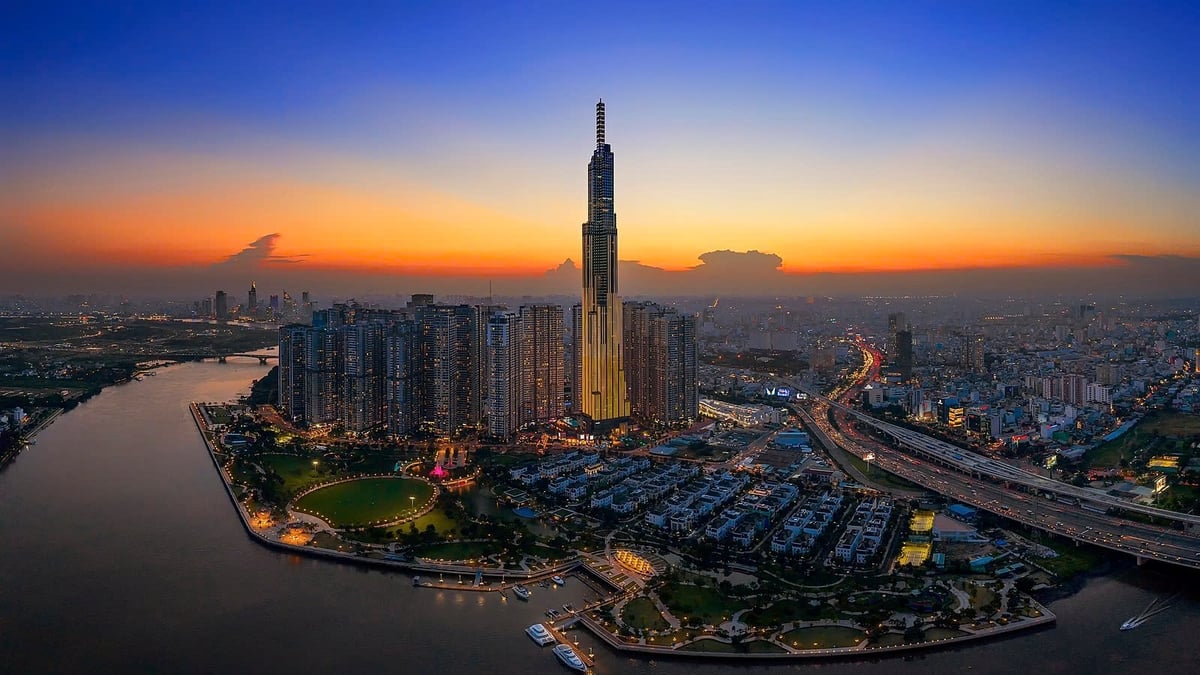

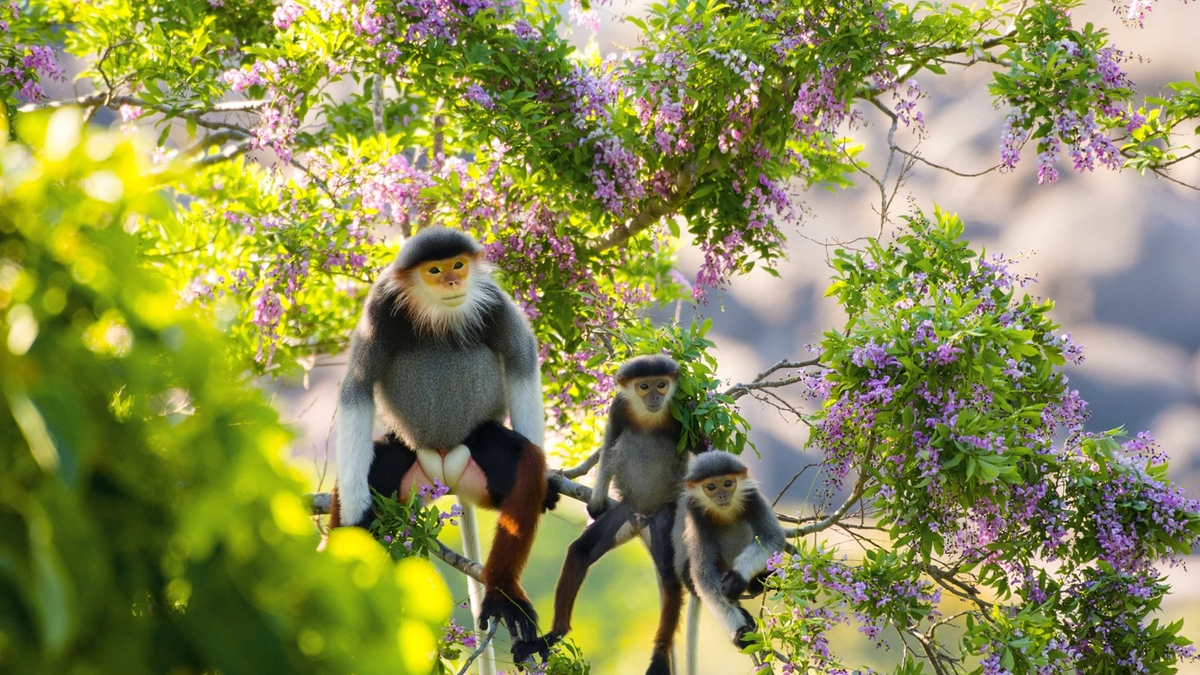
![[Photo] Politburo works with Standing Committees of Lang Son and Bac Ninh Provincial Party Committees](https://vphoto.vietnam.vn/thumb/1200x675/vietnam/resource/IMAGE/2025/8/20/0666629afb39421d8e1bd8922a0537e6)




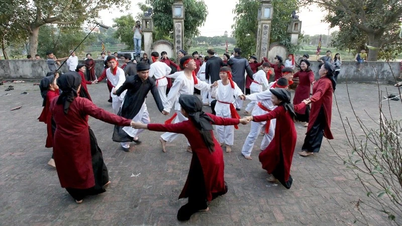



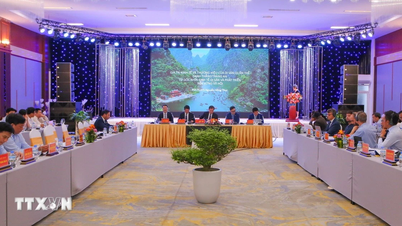

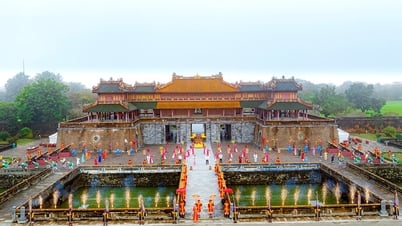

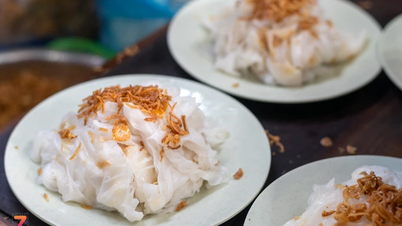





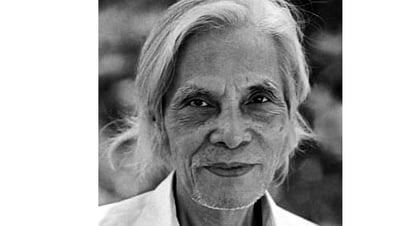

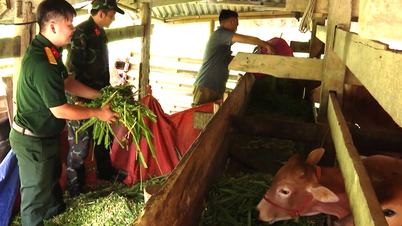









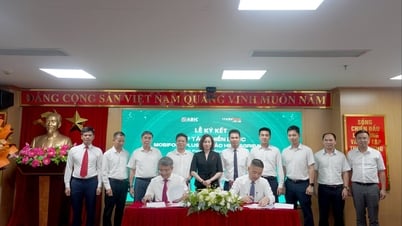





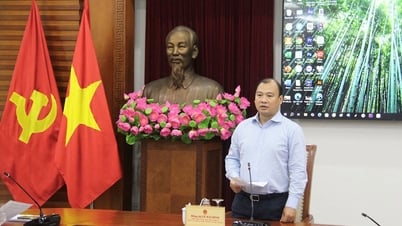

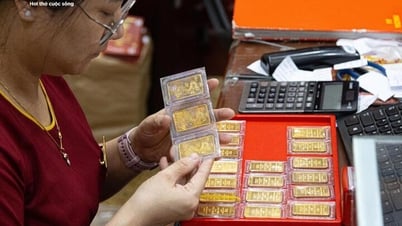

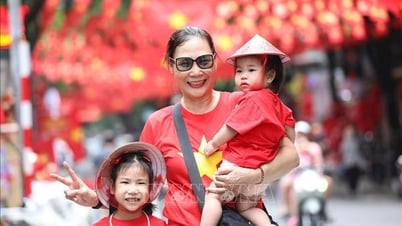
































Comment (0)